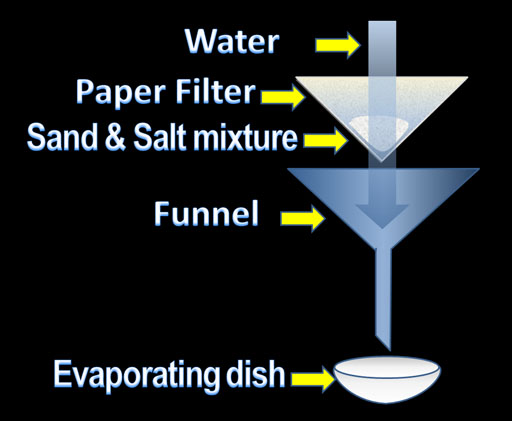Last night we had to do some problems on balancing equations, so the first thing we did in class was go over the assignment. We shared answers with our groups.
For example, they were problems like ___ H2+___02(arrow) ___H20
We discussed methods (one drawing out the particles, another proportions and ratios, the ratio being the quickest). The drawing one was a little long, but I found it fairly reliable. You would have to draw out the number of the letter. For example, 2 H's would have to be drawn, 2 O's, and 2 's and one O. Then you would have to cross out the particles (cancel them out) and draw more if they weren't even. The number of the letter added was the number in the blank.
Another method:
___N2+___O2(arrow)___N2O
N=2 N=4
O=2 O=2
We would have to multiply them by two to balance it.
___HgO(arrow) ___Hg+___O2
Hg=1 Hg=1
O=2 O=2
You would have to multiply the Hg's by two so that they were balanced
We said that an arrow meant "yield".
We're doing a lab tomorrow to see if this is actually true in real life (the chemical equations).
We said that the sides had to be balanced because they are conserved, and one added was will not disappear after they react. The conversation turned to molecules, and we said that matter is mass. Mass is the things that make something up, or atoms. Going back to the equations, we ensured that they needed to be balanced because atoms in mass cannot disappear.
"Whatever we start with, we must end with," related to conservation of mass.
If it is still not making sense, we used an example. If you've made or eaten cookies, you have to make the dough and add chocolate chips. If you put the cookies in the oven and the chips were GONE when we took the cookies out, you would freak out, right?
-EL
 the easiest constellation to see. Orion is over 1,000 lightyears away at some points.
the easiest constellation to see. Orion is over 1,000 lightyears away at some points.


